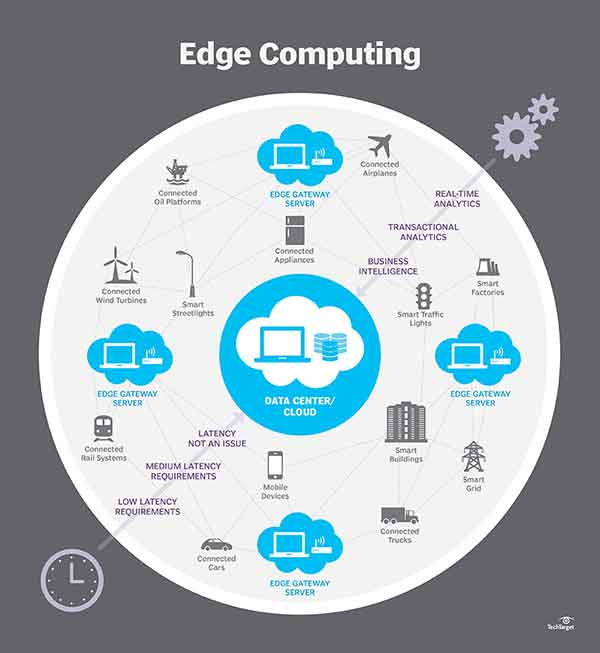|
Cognitive robotics is an emerging field that combines the principles of artificial intelligence (AI) and robotics to create intelligent machines capable of interacting with and understanding their environment. By integrating cognitive abilities, such as perception, learning, reasoning, and decision-making, cognitive robots aim to bridge the gap between humans and machines, enabling them to perform complex tasks in real-world scenarios. One of the key aspects of cognitive robotics is its focus on perception. Cognitive robots are equipped with advanced sensors and vision systems that allow them to perceive the world around them in much the same way as humans do. These robots can process visual information, recognize objects, and interpret complex scenes, enabling them to navigate and interact with their surroundings effectively. In addition to perception, cognitive robotics leverages machine learning algorithms to enable robots to learn from experience and improve their performance over time. These robots can acquire knowledge and skills through data-driven approaches, allowing them to adapt to different situations and optimize their actions based on past interactions. By combining learning capabilities with advanced planning and decision-making algorithms, cognitive robots can autonomously carry out tasks that require both intelligence and physical interaction. One area where cognitive robotics has shown significant potential is human-robot collaboration. By imbuing robots with cognitive capabilities, they can understand and respond to human gestures, speech, and even emotions. This enables robots to work alongside humans in various domains, such as manufacturing, healthcare, and assistive technologies. For example, in a manufacturing setting, cognitive robots can collaborate with human workers, assisting them in repetitive or physically demanding tasks, ultimately improving productivity and safety. Moreover, cognitive robots have the ability to reason and make informed decisions in uncertain and dynamic environments. Using techniques from symbolic reasoning and probabilistic modeling, these robots can analyze complex situations, evaluate multiple options, and select the most appropriate course of action. This capability opens up possibilities for robots to perform tasks in unstructured and unpredictable environments, such as search and rescue missions or space exploration. However, while cognitive robotics holds great promise, it also presents several challenges. One of the primary challenges is the integration of different cognitive abilities into a unified system. Coordinating perception, learning, reasoning, and decision-making components requires sophisticated architectures and algorithms that can handle data fusion, knowledge representation, and efficient computation. Additionally, ensuring the ethical use of cognitive robots, addressing issues related to privacy, safety, and accountability, is crucial for their widespread adoption. In conclusion, cognitive robotics represents an exciting frontier where AI and robotics meet to create intelligent machines capable of perceiving, learning, and reasoning like humans. By combining advanced perception, machine learning, and decision-making techniques, cognitive robots have the potential to revolutionize various industries and enhance human-robot collaboration. However, further research and development are needed to overcome the challenges and fully unlock the transformative power of cognitive robotics in shaping our future.  |
